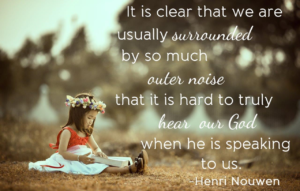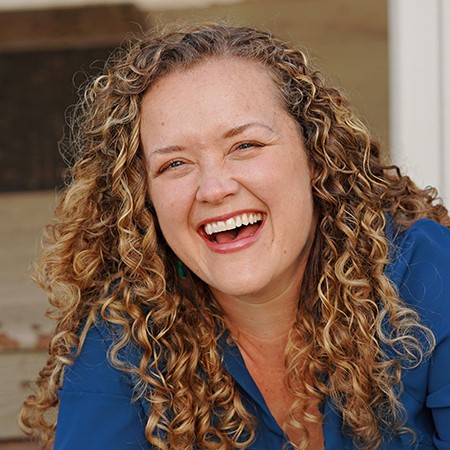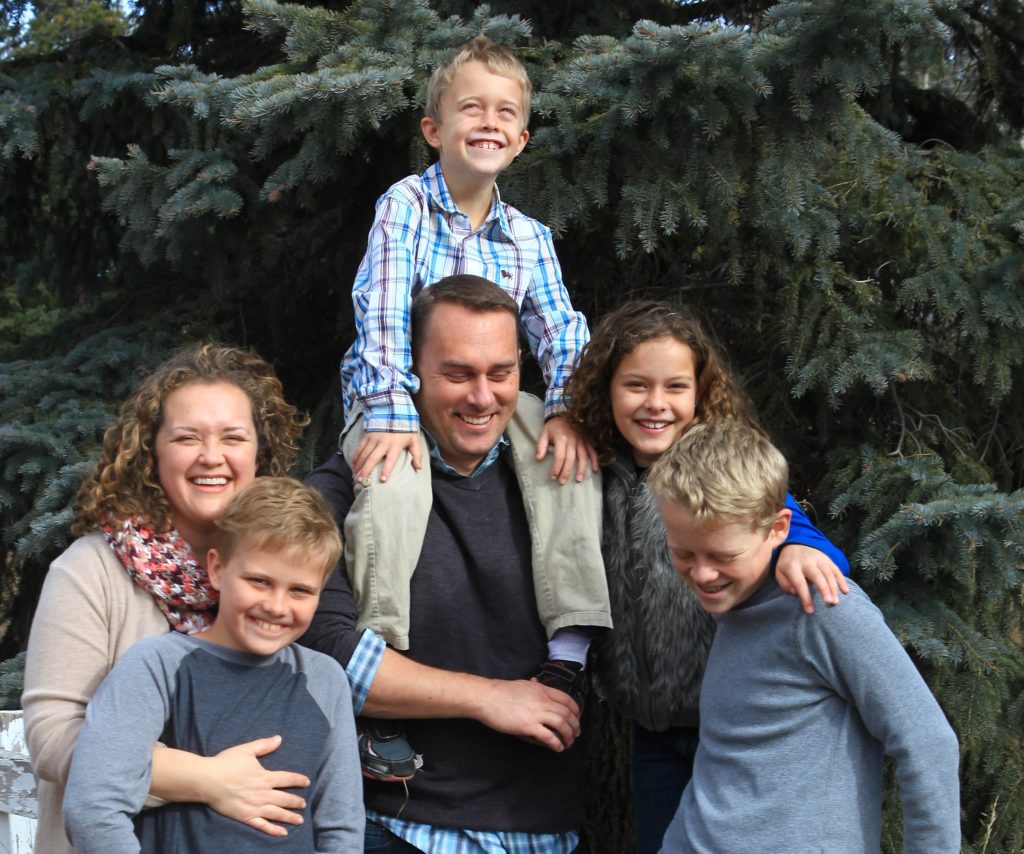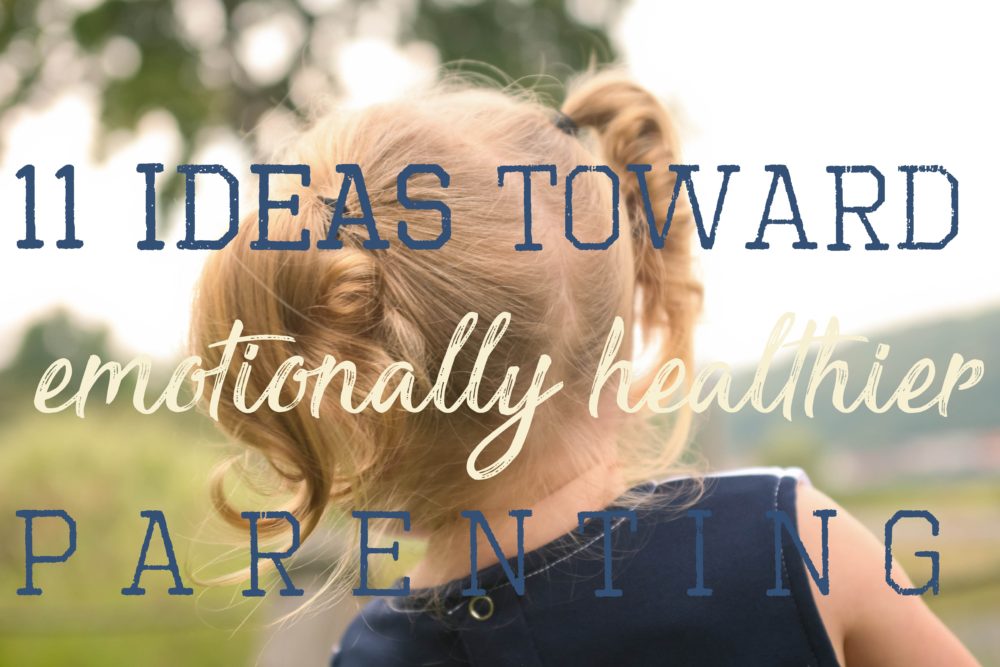There’s a bit of irony in this post for me. Currently my family and I—yes, all four children—are residing at my in-laws’ during our stint in the States. I’m still schooling them during the day. Yes, that’s just about as “alone” as it sounds.
Some of you with kids wrapped around your kneecaps might be thinking, Solitude. I think this could be my favorite discipline yet.

Though some kids more naturally drift toward time alone, the idea of this discipline is intentional time alone. Henri Nouwen writes,
Through the practice of a spiritual discipline we become attentive to that small voice and willing to respond when we hear it….It is clear that we are usually surrounded by so much outer noise that it is hard to truly hear our God when he is speaking to us….Through a spiritual discipline we prevent the world from filling our lives to such an extent that there is no place left to listen.
I don’t know about you, but I feel this. I feel the incessant noise—not just physical noise. (Trust me, in my troupe of Nerf-wielding loonies, there’s plenty o’ that.) But there’s a mental hurry, a haste of schedule, a flurry of activity often from the time those footie jammies hit the floor. Our lives are not structured to simply hear God.
Nouwen observes,
It is…not surprising that we have a difficult time being alone. The confrontation with our inner conflicts can be too painful to endure.
THE KEY: To create “holy space” to think, grow comfortable being alone, and get used to contemplating and listening to God in our circumstances.
Again, we’re not trying to “do” more, and it’s key (for me, anyway) that these disciplines become associated with pleasure in our kids’ developing brains. So rather than adding more to do, consider replacing already unpleasant tasks—like a chore—with these disciplines now and then.
I’m suggesting these ideas as “training wheels”. They gradually introduce to our kids space, quiet, and alone-time with God, tuning the knobs of our hearts to the “still, small voice” frequency He’s always emitting.
- Eliminate noise. Maybe you’re used to eating, working out, driving, folding laundry, falling asleep, or generally milling around the house with TV or music on. Try weaning your brain off, simply to create more time to quietly contemplate and pray. Talk to kids about whether you might fast from media on a regular night every week, or perhaps for a set amount of days.
- When your elementary-aged and older kids have an argument, consider having them take a walk to the corner before hashing it out. As a prompt, I sometimes have my kids come back from a cool-down period ready to apologize for the “log in their eye”—their contribution to the conflict.
- At bedtime, read a Scripture verse. Suggest that as your kids fall asleep, they emphasize a different word of the verse in their heads and think on that word for a bit. Taste and see that the Lord is good. Taste and see that the Lord is good. Taste and see that the Lord is good… Or perhaps, as the song says, they fall asleep counting their blessings.
- Occasionally replace a chore with a time of solitude. Maybe it’s going on a quiet walk, sitting in the backyard, laying quietly on the bed, or even silently watercoloring as they pray (when solitude is a new discipline, little hands may need something to occupy them). Prompt your kids to do what Francis Chan dubs “prinking”: prayerful thinking.
- Help your kids to get into habits of “quiet time” with printable worksheets like this, these, or this, or books like The Radical Book for Kids or The Action Bible. Though studying is important, ask kids how many minutes they’d like to set as their “target” amount of time to spend in prayer, hopefully increasing as they get more used to talking with God.
- Help kids expand their vision for what quiet time can look like! Check out this list for 31 Anything-but-Vanilla Methods to Give Fresh Flavor to Times with God. One mom uses the prayer of Examen with her kids, or a breath prayer. I’ve mentioned in previous posts like this and this that I’ve used printable Scripture coloring pages, thankfulness or prayer journals, and even encouraging kids to dance to worship music to encourage meditation and personal worship. Younger kids might enjoy stretching to quiet music while praying and thinking about God. How can you help create rich memories out of their time alone with Him?
- Help your kids create a worship playlist of songs they think will help them pray and worship God during the week. You might spend some time listening for new songs on the web to generate some excitement and unique enthusiasm for worship.
- In the car, explain you’re going to take some time not talking, and just looking out the windows at creation. Perhaps you listen to worship songs together (Seeds Family Worship and Walking with the Wise are some of our favorites). Talk about how you can pray these songs to God, and even pray them for people you love.
- Go on a “silent” hike or portion of a walk for an age-appropriate amount of time. You might offer kids a prompt—perhaps walking through the five-finger prayer method, with a quiet couple of minutes for each—or a verse to think on as they gaze at creation.
- Make a prayer labyrinth on your driveway with sidewalk chalk (once you’ve done it, your elementary school kids may be able to design their own!). This site contains a lot of ideas for using a labyrinth with children.
- On their slow walk into the center of the labyrinth (like a maze that ends in the center; no dead ends), help kids “release”, like letting a balloon go—whether that’s letting go of fears, or confessing sin, or giving God what’s been on their minds. Kids can visualize continually batting the “balloon” away if they’re distracted and can’t focus on God. You might have symbols drawn at points to have them stop and pray for things like their school or family.
- The center of the maze is a time to quietly rest and receive from God for as long as they like. They might sit, stand, or lie down. If they need a prompt—what does God’s Word say to them about what’s going on in their lives right now?
- In the twists and turns on the way out from the center, they’re returning—thinking about how what they received from God connects with life.
Like this post? You might like












![Now You're Speaking My [Love] Language Now You're Speaking My [Love] Language](https://www.janelbreitenstein.com/wp-content/uploads/2015/08/love-languages-text-1.jpg)





Leave a Reply